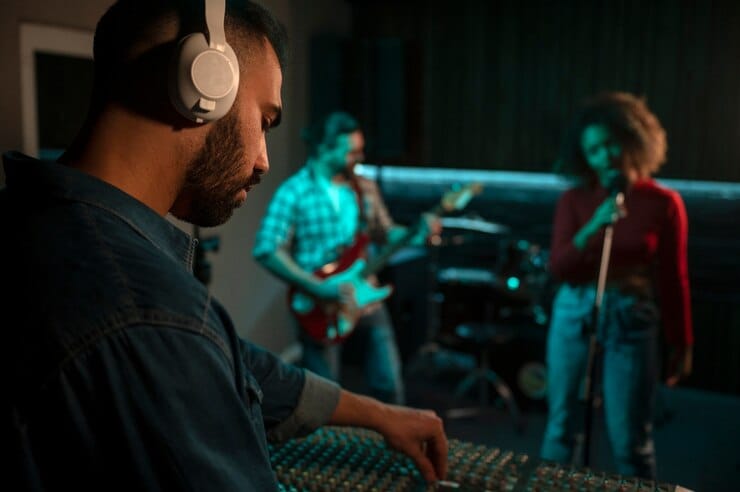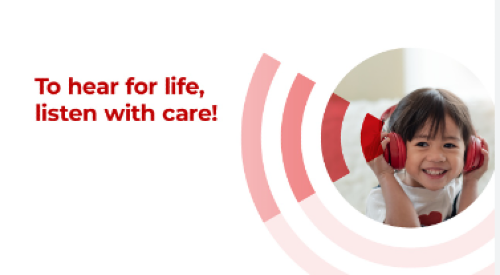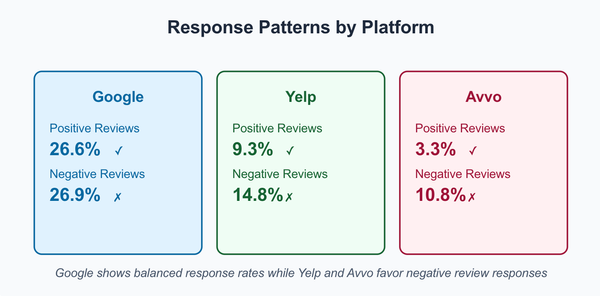Challenges of Enforcing Noise Level Limits in the Entertainment Industry

The entertainment industry runs on energy, excitement, and high-volume events. Whether it is a concert, music festival, or nightclub, a balanced sound makes the experience more memorable. Each region has noise limits set to control noise pollution, and adhering to these regulations is crucial to minimizing environmental and community impact. However, the dynamic nature of entertainment events makes it challenging to enforce noise control rules effectively. To help you overcome this hurdle, this blog will help you understand some common challenges of enforcing noise level limits in the entertainment industry and the right way to stay out of legal issues and adhere to area guidelines. Stay tuned!
Understanding Noise Level Regulations in the Entertainment Industry
Noise-level regulations are essential to protect public health and maintain harmony between entertainment venues and local communities. According to the World Health Organization (WHO), prolonged exposure to noise levels above 100 decibels (dB) can lead to hearing damage and increased risk of cardiovascular diseases. In urban environments, entertainment venues contribute significantly to noise pollution, prompting local governments to set noise ordinances to safeguard residents' well-being.
Key Regulatory Bodies and Guidelines
Noise regulations vary from region to region and are typically governed by local government agencies. In the U.S., the Environmental Protection Agency (EPA) provides guidelines, but enforcement often falls to state and local authorities. In Europe, the WHO and the EU Noise Directive set the standards for permissible noise levels, which differ for various countries.
In addition, you also have to follow the new general guidelines on noise control issued by OSHA (Occupational Safety and Health Administration), applicable to all workspace's sound control for workers' health, including nightclubs, open or closed events, DJs, music concerts, etc.
Note: These noise pollution limits provide a baseline for many entertainment venues. However, the specific compliance requirements may vary by country, state, or city, especially when venues are near residential areas. You can get in touch with a pro lawyer to help you understand your options better.
WHO'sresidents' New Noise Level Limit Guidelines to Prevent Hearing Loss
According to WHO, over 1 billion people aged 12-35 risk losing their hearing ability due to listening to sharp or damaging music for an extended period. This is a drastic number and needs to be addressed to secure our future.

Before "Hearing Day 2022", the World Health Organization (WHO) launched the "Make Listening Safe" initiative as part of its broader "Hear for Life" campaign to address the growing risks of noise-induced hearing loss. Here are six new noise level recommendations for the entertainment industry by WHO:
- Maximum Average Sound Level: Limit the average sound level to 100 dB to minimize hearing risk for attendees.
- Live Monitoring and Recording of Sound Levels: Use calibrated equipment to monitor and record sound levels in real-time continuously.
- Optimizing Venue Acoustics and Sound Systems: Tailor venue acoustics and use high-quality sound systems to enhance clarity and quality at safer sound levels.
- Making Personal Hearing Protection Available: Provide earplugs or other personal hearing protection to audiences, with clear instructions for use.
- Access to Quiet Zones: Create designated quiet areas or rest zones where people can take breaks to reduce noise exposure.
- Provision of Training and Information to Staff: Ensure your staff is trained in safe, sound practices, including monitoring equipment and providing hearing protection.
The Main Challenges of Enforcing Noise Limits
Even with all the regulations, it is still so hard to establish strict noise rules in the entertainment sector. Most of the small and medium-sized venues struggle to comply with noise regulations due to some specific issues. Here are the four main challenges governing bodies and these organizations face while enforcing noise level limits:
1. Difficulties in Measuring Noise Accurately
Accurately measuring noise levels in the entertainment industry is a complex task. Sound fluctuates continuously during events, especially with live music or crowd noise. As a result, capturing real-time noise data requires sophisticated equipment. A decibel meter is often used, but external factors such as wind, distance, and nearby structures can alter readings. Inaccurate data may lead to disputes between venues, event organizers, and local authorities.
2. Outdoor Events and Environmental Variables
Outdoor events, such as music festivals, present a unique challenge, mainly when following residential noise regulations. Environmental variables like wind direction, topography, and weather conditions can cause sound to travel unpredictably, making noise control efforts difficult. For instance, during an outdoor concert, noise levels can exceed the legal limit at specific distances from the venue while other areas remain under the limit.
3. Balancing Audience Expectations and Noise Limits
Event organizers must ensure that sound levels remain within legal limits without compromising the audience experience. Many events rely on high-energy sound levels to create an immersive atmosphere. A noise level that is too low could result in an unsatisfactory experience for attendees, leading to lower turnout and revenue loss.
4. Financial and Operational Constraints
Enforcing noise limits often requires significant financial investment in soundproofing, acoustic treatments, and specialized equipment. Small venues or independent organizers may find these costs prohibitive. For instance, setting up noise monitoring systems that continuously measure decibel levels can be expensive and may not be feasible for every event.
Potential Solutions and Innovations in Noise Pollution Control
We can't say that overcoming noise level limit challenges is easy. However, with technological advancement and community collaboration, we can make the entertainment industry safer for everyone and eliminate any hearing loss risk. Let's see some potential solutions:
Soundproofing and Acoustic Design
Innovations in acoustic engineering have helped venues manage sound without compromising performance quality. Modern soundproofing materials like high-density foam and fiberglass panels can absorb sound and reduce noise pollution. Venues are increasingly investing in these technologies to comply with noise regulations.
Real-Time Noise Monitoring Systems
Technology has advanced, and real-time noise monitoring systems can help venues stay within legal noise limits. These systems use sensors around the venue and surrounding areas to measure decibel levels continuously. The system automatically adjusts the sound output if levels exceed the permissible threshold.
Collaborative Efforts
Collaboration between event organizers and local authorities is critical to addressing noise concerns. Establishing noise management plans that outline acceptable sound levels, monitoring protocols, and corrective measures can help venues avoid fines and reduce public backlash.
Future Outlook and Recommendations
As the entertainment industry grows and new technologies emerge, it is likely that noise regulations will become stricter. Governments may enforce tighter noise pollution restrictions, particularly in cities with dense populations. However, advancements in sound technology may provide solutions to help venues comply with these regulations.
Staying engaged with your community is also vital to reducing noise-related conflicts peacefully. Venues that actively communicate with surrounding residents, address concerns, and make efforts to minimize noise impact are more likely to maintain a positive relationship with the community. Transparency about noise management practices can also help foster goodwill.





